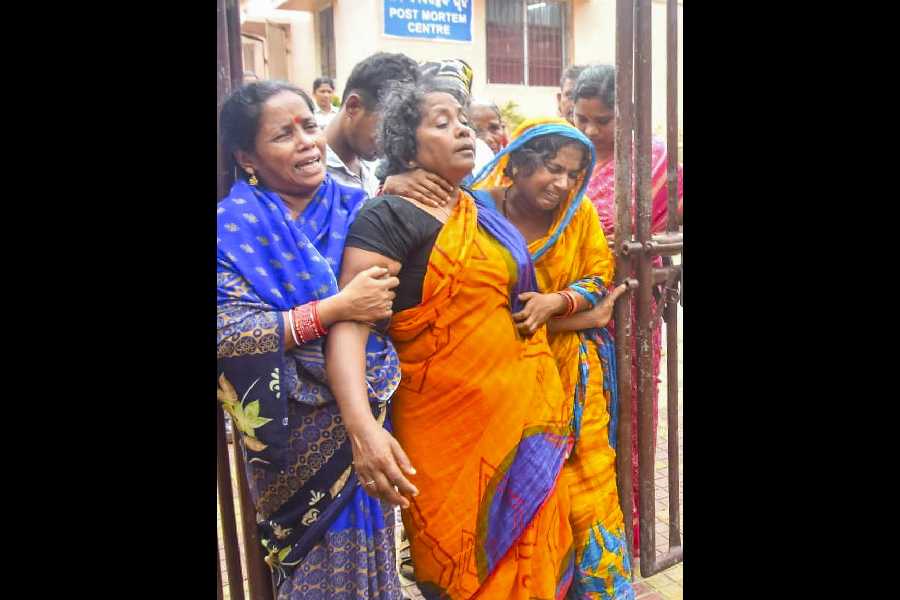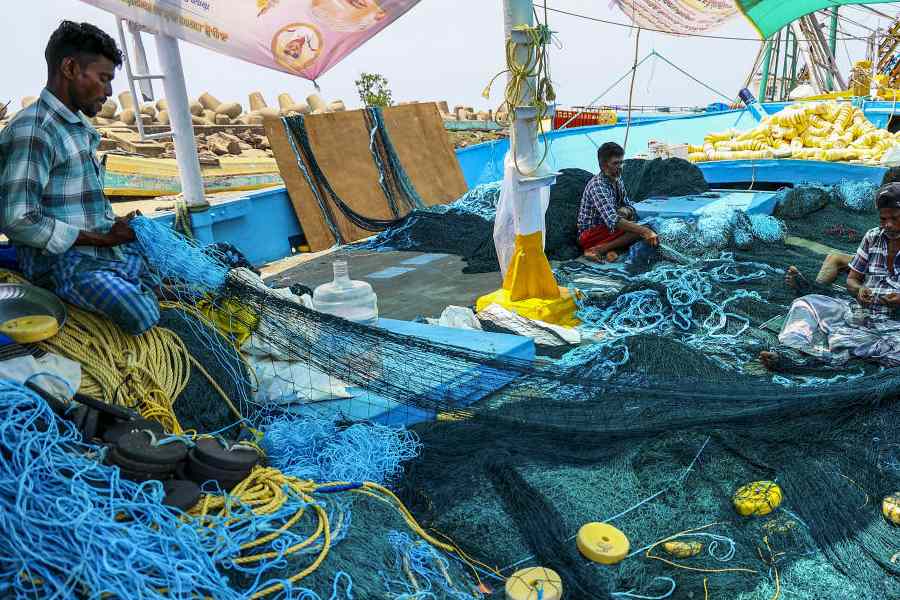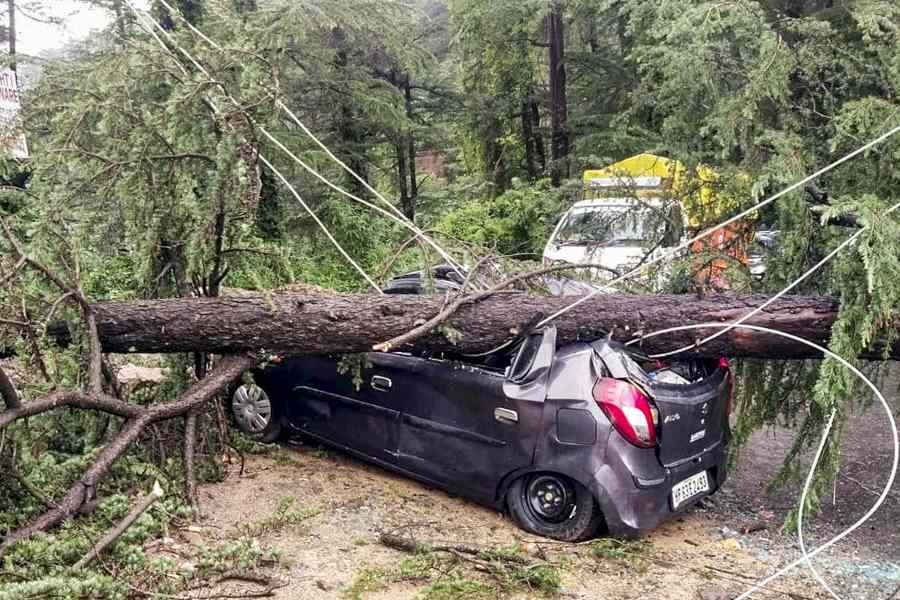 |
| Nurul Islam with students at the Al-Ameen Mission. Picture by Aranya Sen |
Calcutta, Sept. 9: “Anti-national” is what chief minister Buddhadeb Bhattacharjee called madarsas in the aftermath of the January 22 attack outside the American Center. A political outcry — and “party pressure” — forced him to back down and call for “modernising” madarsa education.
Around 75 km from Writers’ Buildings, the Al-Ameen Mission has been doing just that for the past two decades — ringing in reforms that matter, the ones from within.
Even the winter morning when blood was being washed off Chowringhee, in Khalatpur village of Howrah district, 163 girls and boys, both Muslim and Hindu, were hard at work, studying for the Joint Entrance Examinations. Months later, the students of Al-Ameen Mission learnt that 133 of them had made it through to either medical or engineering colleges. Little wonder that it won the Amul Award for the Best Academic Performance by a School at The Telegraph School Awards for Excellence last Saturday.
The path to academic excellence and hope for the future is what one man and his Mission — which has grown out of a madarsa — have opened up for thousands of children in Hindu-majority Khalatpur. Spread over 60 bighas, Al-Ameen Mission now offers the Higher Secondary course, but still bears evidence of its roots.
In a corner stands the pale-green madarsa that Nurul Islam started when he was in Class XI at Maulana Azad College. Behind it gleams the 43-year-old’s most cherished achievement — a school and hostel for around 300 girls.
In dormitories, children, heads covered in white, peer out of unpainted windows. They are not allowed “free-mixing” with the 600 boys on the adjacent campus, who are busy getting ready for their evening prayers after day-long classes.
“I want to be a cardiologist so that I can cure ma. I hate not being able to take care of her now, but I have to pursue my dream so no one else’s mother suffers like mine,” says Shahabanu Biswas, from Paschim Simla, North 24-Parganas, now in Class XI.
Living hand-to-mouth, it’s her sterling academic record that has landed her a berth in the school. The Mission has hostels for Muslims only, but provides non-residential coaching for Joint Entrance to all.
The Khalatpur school is committed to provide the stars of minority communities a fighting chance for success. Of the 133 Joint Entrance successes, 31 cleared the medical entrance while 102 made it into engineering. Local residents still refer to the school as a “madarsa”, but no religious training is imparted here.
Nurul Islam still runs the “government-registered high madarsa” for local residents and points out that it is of the “legitimate” kind.
“We follow the state syllabus. Both Hindus and Muslims attend, and there is only a little more emphasis on Urdu.” ‘High’ madarsas are affiliated to the state Madarsa Board.
A few years after setting up the madarsa, the political science teacher realised that the only way to save the “meritorious” from falling through the cracks was by “mainstreaming” them. “I have seen so many Muslim kids lose their way. I needed a place where I could instil some ambition,” says Islam.
The inspiration behind the “ashram” was the Ramakrishna Mission centre in Calcutta, which the young Islam used to frequent. “There wasn’t any safe space here for Muslims to prosper,” he says.
“I thought, if we could only come out of the traditional madarsa system, there could be chance of keeping these kids in school.”
He went to businessmen asking for zaqaf money — Ramzan donations that traditionally go to madarsas — to set up a secular school.
Toofan is one of the early Al-Ameen success stories. The son of a Murshidabad dacoit from a village that makes its money out of robbery, he is now a Central government employee. Around 20 others from his village — hitherto untouched by higher education — have now joined the Mission.











